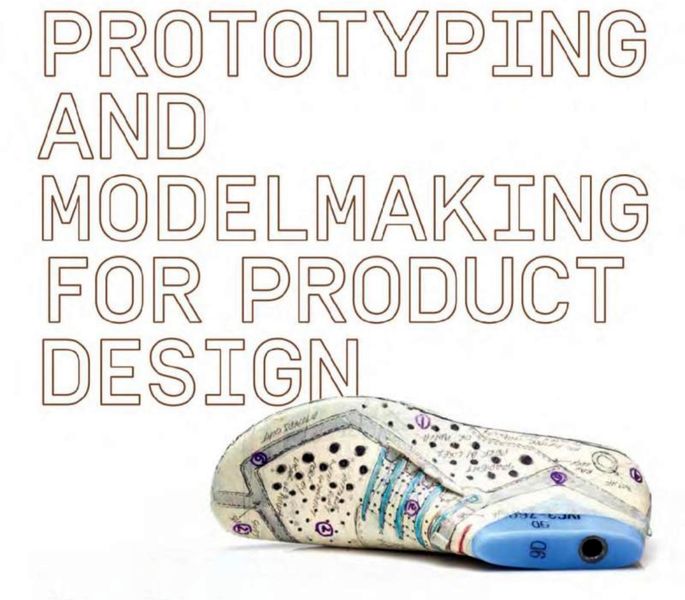
This week’s selection is “Prototyping and Modelmaking for Product Design” by Bjarki Hallgrimsson.
Readers may find this title familiar, and so you should, as it was selected as Book of the Week in the middle of last year — or at least the previous edition of the book was selected. This selection is for the all-new, second edition of “Prototyping and Modelmaking for Product Design”.
Author Bjarki Hallgrimsson is an Associate Professor in the School of Industrial Design at Ottawa’s Carleton University, where he teaches the practice and is currently researching methods of digital prototyping. From this extensive knowledge he has produced a second edition of the book.
Prototyping is one of the key applications for 3D printing; I suspect virtually every 3D printer ever made has produced at least one prototype — unless it hasn’t been powered up. Therefore it’s important for anyone using 3D printers to understand the best practices for prototyping.
Hallgrimsson correctly views the prototype as a means by which a design can be successfully produced; it’s not just a “test version”. It’s a platform on which one can examine ideas and test design hypotheses. The book’s description illustrates this viewpoint:
“[The Book shows] how prototypes are used to help designers understand problems better, explore more imaginative solutions, investigate human interaction more fully and test functionality so as to de-risk the design process.”
Prototyping, as always, is an iterative process, but what exactly is being iterated? This is the core of the book, as it shows not only the techniques and tools of the prototyping process, but also the reasons why it takes place and the goals sought by designers.
There is an extensive section dedicated to prototyping with 3D printers, which includes mention of multiple common 3D printing processes. These may each offer different capabilities that create advantages and disadvantages for prototypers.
In addition to 3D printing, prototyping is also performed with a number of other making processes. Hallgrimsson does cover many other making processes in the book, including prototyping with CNC milling, laser cutting, adhesives, paper, several types of foam, extrusion and molding, wood, clay, casting, painting, textiles, and even handheld tools. It’s quite comprehensive.
The second edition improves the content by addressing additional making tools and processes, as well as reviewing several case studies that illustrate new concepts such as user interface prototyping, which doesn’t produce physical objects at all. Wherever there is a creation, there should be prototyping.
If you’re prototyping you may benefit from reviewing Hallgrimsson’s concepts in this book.
Via Amazon
